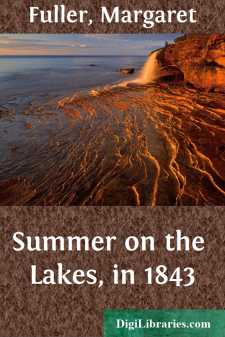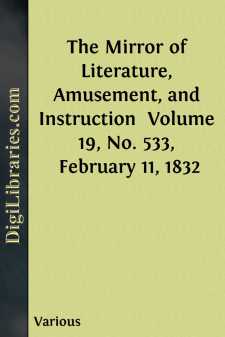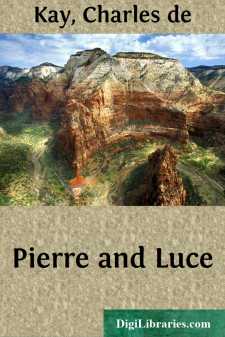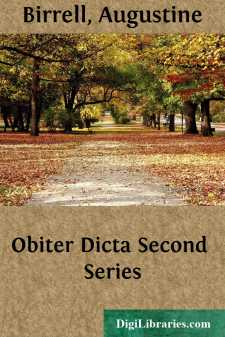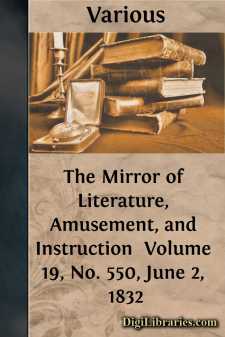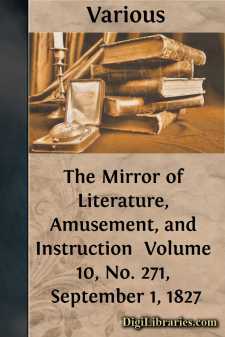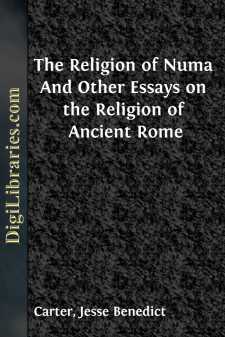Categories
- Antiques & Collectibles 13
- Architecture 36
- Art 48
- Bibles 22
- Biography & Autobiography 813
- Body, Mind & Spirit 142
- Business & Economics 28
- Children's Books 15
- Children's Fiction 12
- Computers 4
- Cooking 94
- Crafts & Hobbies 4
- Drama 346
- Education 46
- Family & Relationships 57
- Fiction 11829
- Games 19
- Gardening 17
- Health & Fitness 34
- History 1377
- House & Home 1
- Humor 147
- Juvenile Fiction 1873
- Juvenile Nonfiction 202
- Language Arts & Disciplines 88
- Law 16
- Literary Collections 686
- Literary Criticism 179
- Mathematics 13
- Medical 41
- Music 40
- Nature 179
- Non-Classifiable 1768
- Performing Arts 7
- Periodicals 1453
- Philosophy 64
- Photography 2
- Poetry 896
- Political Science 203
- Psychology 42
- Reference 154
- Religion 513
- Science 126
- Self-Help 84
- Social Science 81
- Sports & Recreation 34
- Study Aids 3
- Technology & Engineering 59
- Transportation 23
- Travel 463
- True Crime 29
Sort by:
by:
Margaret Fuller
CHAPTER I.Niagara, June 10, 1843.Since you are to share with me such foot-notes as may be made on the pages of my life during this summer's wanderings, I should not be quite silent as to this magnificent prologue to the, as yet, unknown drama. Yet I, like others, have little to say where the spectacle is, for once, great enough to fill the whole life, and supersede thought, giving us only its own...
more...
I The beauty of midsummer lay upon the land—the mountains and plains of Chihuahua. It was August, the month of melons and ripening corn. High aloft in the pale blue vault of heaven, a solitary eagle soared in ever widening circles in its flight toward the sun. Far out upon the plains the lone wolf skulked among the sage and cactus in search of the rabbit and antelope, or lay panting in the scanty...
more...
by:
Various
CASCADE AT VIRGINIA WATER. This has been described as "perhaps the most striking imitation we have of the great works of nature:" at all events, it has less of the mimicry of art than similar works on a smaller scale. Virginia Water will be recollected as the largest sheet of artificial water in the kingdom, with the exception of that at Blenheim. Near the high Southampton road it forms the...
more...
Kate Lancaster's Plan I had been spending the winter in Boston, and Kate Lancaster and I had been together a great deal, for we are the best of friends. It happened that the morning when this story begins I had waked up feeling sorry, and as if something dreadful were going to happen. There did not seem to be any good reason for it, so I undertook to discourage myself more by thinking that it...
more...
by:
Angela Brazil
CHAPTER I THE MOATED GRANGE “Here they are!” “Not really!” “It is, I tell you!” “Jubilate! You’re right, old sport! Scooterons-nous this very sec! Quick! Hurry! Stir your old bones, can’t you?” The two girls, who had been standing in the ruined watch-tower that spanned the gateway, tore down the broken corkscrew staircase at a speed calculated to imperil their necks seriously, and...
more...
by:
Charles de Kay
PIERRE AND LUCE Pierre plunged into the subway. A feverish, a brutal crowd. On his feet near the door, closely pressed in a bank of human bodies and sharing the heavy atmosphere passing in and out of their mouths, he stared without seeing them at the black and rumbling vaults over which flickered the shining eyes of the train. The same heavy shadows lay in his mind, the same gleams, hard and tremulous....
more...
I am sorry not to have been able to persuade my old friend, George Radford, who wrote the paper on ‘Falstaff’ in the former volume, to contribute anything to the second series of Obiter Dicta. In order to enjoy the pleasure of reading your own books over and over again, it is essential that they should be written either wholly or in part by somebody else. Critics will probably be found ready to...
more...
by:
Various
RARE ARCTIC BIRDS.THE WHITE-HORNED OWLTHE COCK OF THE PLAINSLEGS AND FEET OF THE MOUNTAIN GROUSE.Few of the results of recent expeditions of discovery have been so interesting to the public as their contributions to zoological history. Many important additions to geographical science have also been made by these journeys into countries hitherto unexplored, or but imperfectly known by Europeans; but the...
more...
by:
Various
The New Prison, Norwich. The old gaol in the city of Norwich, in the year 1823, being found no longer secure, nor according to the new act of parliament, admitting of sufficient room for the classification of the prisoners, the magistrates came to a resolution of erecting a new one outside the city, near St. Giles's gates; the same was accordingly advertised in the Norwich papers, in which...
more...
THE RELIGION OF NUMA Rome forms no exception to the general rule that nations, like individuals, grow by contact with the outside world. In the middle of the five centuries of her republic came the Punic wars and the intimate association with Greece which made the last half of her history as a republic so different from the first half; and in the kingdom, which preceded the republic, there was a...
more...


